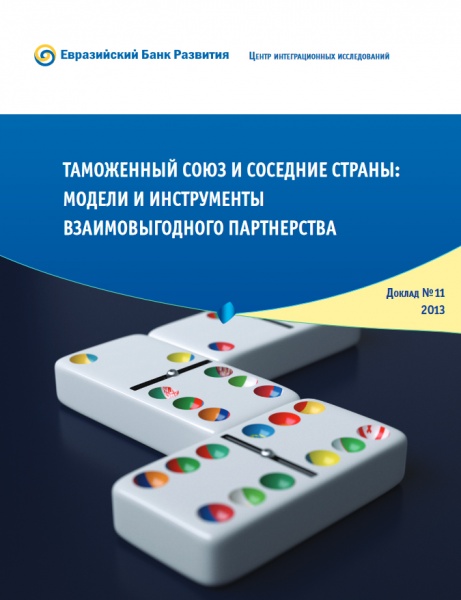The Customs Union and Neighboring Countries: Models and Instruments for Mutually Beneficial Partnership

-
Summary
PDF, 48.12 Kb -
Presentation
PDF, 948.17 Kb
For the purposes of further development of the Customs Union (CU) and Single Economic Space (SES), the issue of formulating both additional and fundamentally-new forms of mutually-beneficial interaction with partner countries throughout the continent is growing increasingly acute. This is of particular relevance to development of the foreign-economic ties of the future Eurasian Economic Union.
With this aim in mind, the study at hand focuses on an analysis of the models and forms of cooperation between existing integrative alliances, namely the European Union (EU) and South American Common Market (MERCOSUR) and countries not included in their membership and/or lacking common borders therewith.
In particular, the study looked at cooperation models between the EU and Norway/Iceland (based on the agreement on the European Economic Zone) and the EU and Switzerland (based on bilateral sectoral agreements). A similar approach has been adopted by MERCOSUR in its fostering of relations with Chile.
The report also features an analysis of cooperation models between the EU and Balkan countries aimed at their full ascension to the EU, as well as those with the countries of Eastern Europe and the South Caucasus (including the EU’s «Eastern Partnership» program) and the Mediterranean via the creation of system of agreements on partnership and cooperation and implementation of action plans within the scope of the European Neighborhood Policy.
The analysis yielded an identification of opportunities for the application of global experience to the development of intensive economic cooperation between the CU/SES and other countries, including those territorially remote. The options of CU/SES interaction with Armenia, Moldova and Tajikistan were used as case studies.
For the purposes of multilateral cooperation, the possibility exists for creating a program with the working title «Eurasian Partnership». It would be under the SES and future Eurasian Economic Union, and would be for the development of various forms of intensive integration with neighboring countries. Within the framework of «Eurasian Partnership», cooperation could be structured not only through the respective agreements but via action plans (as under the European Neighborhood Policy) and participation in joint programs as well.
Thus, this report proposes a broad spectrum of approaches to the fostering of deep and pragmatic integrational interaction between the CU/SES and countries throughout the Eurasian continent.
